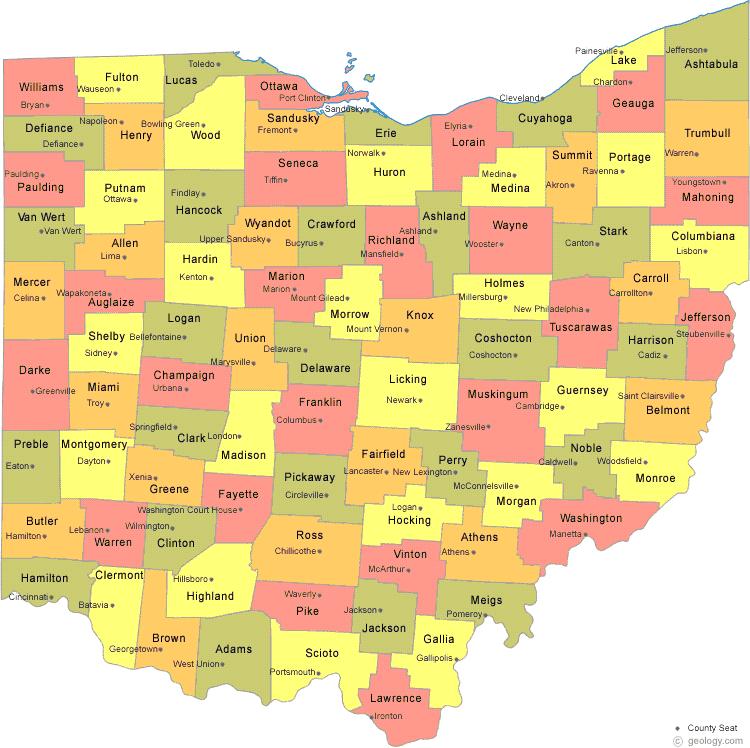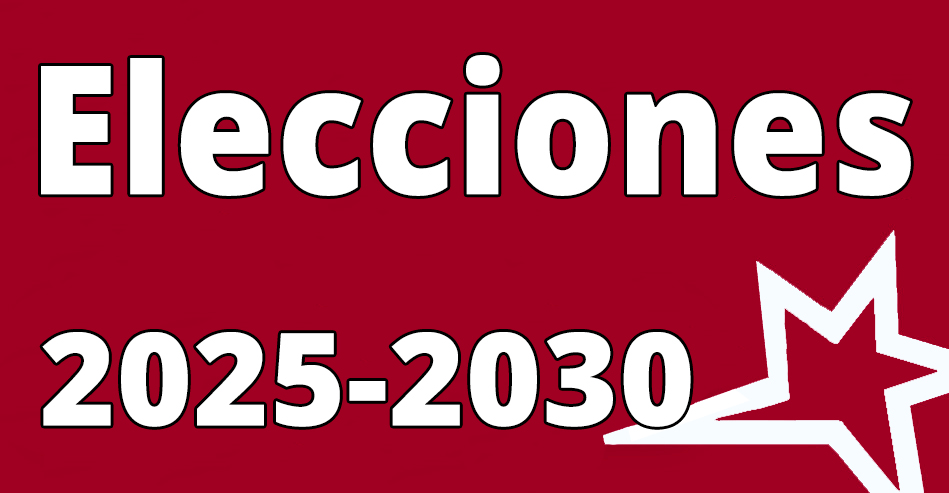presidente de ee.uu./u.s. president
2020-2024Ohio


Haga click en el nombre del candidato para ver su anuncio político
Click on the name of the candidate to see his/her political ad
Elecciones Generales: Martes, 5 de noviembre de 2024
General Elections: Tuesday, November 5, 2024
★ = en ejercicio/incumbent ♦ TL = No puede volver a correr por otro período / Not eligible to run for another term ♦ NR = No se presenta / Not running
Partidos Políticos/Political Parties:
CT = Constitucional/Constitutional ♦ C = Comunista/Communist ♦ D = Demócrata/Democrat ♦ G = Partido Verde/Green Party ♦ I = Independiente/Independent ♦ L = Libertario/Libertarian ♦ RE = Reformista/Reform ♦ R = Republicano/Republican ♦ S = Socialista/Socialist ♦ T = Té/Tea
Candidatos / Candidates
|
presidente de ee.uu./u.s. president (4 year term) Siguiente elección/Next election (2024) Salario Anual/Annual Salary: $400,000 |
|---|
| Partido Comunista/Communist Party |
| [Candidato] - Siguiente elección/Next election (2024) |
| [Candidato] - Siguiente elección/Next election (2024) |
| [Candidato] - Siguiente elección/Next election (2024) |
| Partido Constitucional/Constitutional Party |
| [Candidato] - Siguiente elección/Next election (2024) |
| [Candidato] - Siguiente elección/Next election (2024) |
| [Candidato] - Siguiente elección/Next election (2024) |
| Partido Demócrata/Democratic Party |
| ★ Joseph R. Biden Jr. - (Biden/Harris ticket) Siguiente elección/Next election (2024) |
| [Candidato] - Siguiente elección/Next election (2024) |
| [Candidato] - Siguiente elección/Next election (2024) |
| [Candidato] - Siguiente elección/Next election (2024) |
| Partido Independiente/Independent Party |
| [Candidato] - Siguiente elección/Next election (2024) |
| [Candidato] - Siguiente elección/Next election (2024) |
| [Candidato] - Siguiente elección/Next election (2024) |
| Partido Libertario/Libertarian Party |
| Jo Jorgense - (Jorgensen/Cohen ticket) Siguiente elección/Next election (2024) |
| [Candidato] - Siguiente elección/Next election (2024) |
| [Candidato] - Siguiente elección/Next election (2024) |
| Partido Reformista/Reform Party |
| [Candidato] - Siguiente elección/Next election (2024) |
| [Candidato] - Siguiente elección/Next election (2024) |
| [Candidato] - Siguiente elección/Next election (2024) |
| Partido Republicano/Republican Party |
| [Candidato] - Siguiente elección/Next election (2024) |
| [Candidato] - Siguiente elección/Next election (2024) |
| [Candidato] - Siguiente elección/Next election (2024) |
| [Candidato] - Siguiente elección/Next election (2024) |
| Partido Socialista/Socialist Party |
| [Candidato] - Siguiente elección/Next election (2024) |
| [Candidato] - Siguiente elección/Next election (2024) |
| [Candidato] - Siguiente elección/Next election (2024) |
| Partido del Té/Tea Party |
| [Candidato] - Siguiente elección/Next election (2024) |
| [Candidato] - Siguiente elección/Next election (2024) |
| [Candidato] - Siguiente elección/Next election (2024) |
| Partido Verde/Green Party |
| [Candidato] - Siguiente elección/Next election (2024) |
| [Candidato] - Siguiente elección/Next election (2024) |
| [Candidato] - Siguiente elección/Next election (2024) |
| Otros/Others |
| [Candidato] - Siguiente elección/Next election (2024) |
| [Candidato] - Siguiente elección/Next election (2024) |
| [Candidato] - Siguiente elección/Next election (2024) |
El Colegio Electoral es el proceso mediante el cual el presidente de los Estados Unidos es elegido para el cargo. El proceso se formó como un compromiso entre permitir que el Congreso de los Estados Unidos o el voto popular determinaran el resultado de las elecciones presidenciales. Cada estado recibe un número de votos igual al número total de su delegación al Congreso de los Estados Unidos. Los votantes, conocidos como electores, son elegidos por reglas que difieren en cada estado, pero muchos son elegidos durante las convenciones estatales de cada partido. Todos los estados, excepto Maine y Nebraska, otorgan todos los votos del estado al ganador del voto popular en su estado. Los ganadores en Maine y Nebraska reciben dos votos, que representan a los senadores del estado, mientras que los votos restantes se pueden dividir entre candidatos.
Hay un total de 538 electores entre los 50 estados, incluidos tres votos asignados al Distrito de Columbia. De los 538 votos, un candidato debe ganar al menos 270 para convertirse en presidente de los Estados Unidos.
*****
The Electoral College is the process through which the President of the United States is elected to office. The process was formed as a compromise between allowing either the United States Congress or popular vote to determine the outcome of presidential elections. Each state receives a number of votes equal to the total number of their delegation to the United States Congress. The vote casters, known as electors, are chosen by rules differing in each state, but many are elected during each party's state conventions. All states other than Maine and Nebraska give all the state's votes to the winner of the popular vote in their state. The winners in Maine and Nebraska receive two votes - representing the state's Senators - while the remaining votes can be split between candidates.
There are a total of 538 electors among the 50 states, including three votes allotted to the District of Columbia. Of the 538 votes, a candidate must win at least 270 to become President of the United States.

